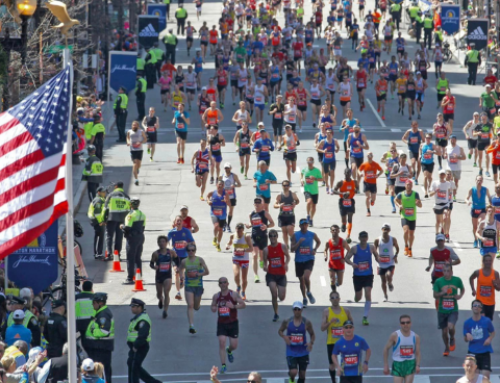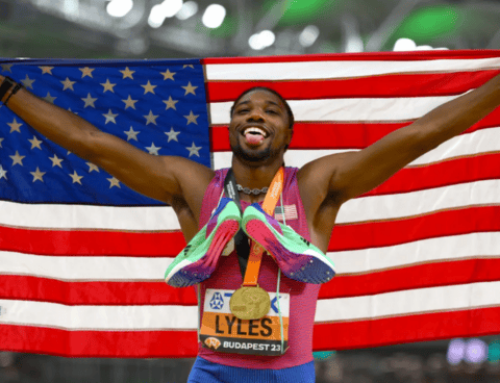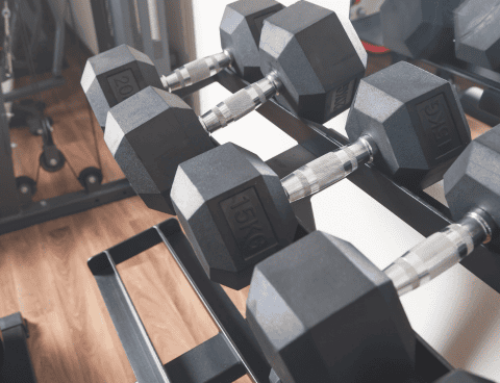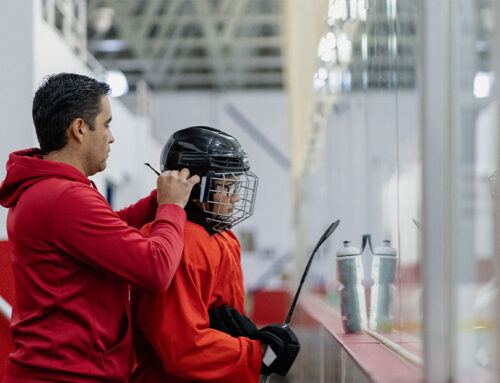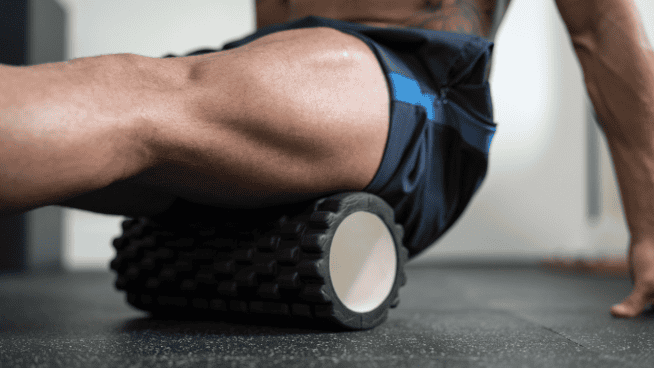How to Choose a Bike for Conditioning Workouts
As an athlete, you don’t want to buy just any old bike. You need to know which bike is best for you. Bikes come in many different shapes and sizes and are intended for many different purposes—from the beach cruiser designed for boardwalks in San Diego to full-suspension downhill machines for mountain biking maniacs.
That means you need to do your homework before putting money down on a bike that might meet everyone else’s needs but yours.
Here are a few tips to help you choose the bike and features that will work best for you.
Have a budget
Bikes range in price from less than $100 to more than $15,000. High price tags don’t always translate to better bikes. Figure out what you need and don’t spend unnecessary money on features that won’t benefit you.
Determine Your Intended Use
If you’re racing on the road or in triathlons, pick a road- or triathlon-specific bike that can be used for training and racing. If you’re mountain biking, choose a mountain bike. If you’re going to ride leisurely around your community and possibly take the bike on some mild dirt trails, a hybrid bike is likely your best bet. If you have no idea what you need, visit your local bike shop to get advice from an expert.
Find the Right Fit
On top of picking the right style of bike, you also want to make sure to select the right size. The proper size helps you stay comfortable and injury-free, so be sure to ask for advice if you need it.
Get Several Opinions
Visit as many bike shops as you can, and talk to serious cyclists in your community. The more you can learn before spending your hard-earned dollars, the better. If you choose the right bike the first time and take care of it, it can last for many years.
Another thing to keep in mind is that you should spend money on moving parts like derailleurs and shifters before spending money on nonmoving parts like handlebars. Typically, the moving parts suffer the most wear and tear and, as a result, are the first to need adjustments or break down. Spending a little more money on these parts helps keep your bike out of the shop and allows you to own it for much longer.
The Risks of Buying Bikes That Don’t Meet Your Needs
A lot of negative things can come from buying a bike that isn’t appropriate for your needs.
First, the wrong bike won’t actually do what you want it to do. If you plan to fly down your local ski hill during the summer months, you need a mountain bike equipped to do that. Trying to ride a bike designed for pavement down this terrain will ruin it and put you at risk for serious injury.
Second, you’ll be wasting your money. If you buy a bike that isn’t designed to do what you need, you’ll need to replace it sooner rather than later. New bikes, like new cars, lose a lot of their value as soon as they leave the showroom. Make sure to do your research before taking one home.
Finally, your performance could suffer. If you’re a competitor, the right bike is especially important. Mountain bikes, beach cruisers, road bikes and triathlon bikes can all be used to finish an on-road triathlon, but you’ll be fastest on a triathlon bike. If performance is important to you, make sure you have the right tool for the job.
Figure out where and how you’ll be riding. Do your research and ask around before making your purchase. When you get ready to spend the money you’ve budgeted, you should be paying for the features that will benefit you most—no matter where you ride.
[cf]skyword_tracking_tag[/cf]RECOMMENDED FOR YOU
How to Choose a Bike for Conditioning Workouts
As an athlete, you don’t want to buy just any old bike. You need to know which bike is best for you. Bikes come in many different shapes and sizes and are intended for many different purposes—from the beach cruiser designed for boardwalks in San Diego to full-suspension downhill machines for mountain biking maniacs.
That means you need to do your homework before putting money down on a bike that might meet everyone else’s needs but yours.
Here are a few tips to help you choose the bike and features that will work best for you.
Have a budget
Bikes range in price from less than $100 to more than $15,000. High price tags don’t always translate to better bikes. Figure out what you need and don’t spend unnecessary money on features that won’t benefit you.
Determine Your Intended Use
If you’re racing on the road or in triathlons, pick a road- or triathlon-specific bike that can be used for training and racing. If you’re mountain biking, choose a mountain bike. If you’re going to ride leisurely around your community and possibly take the bike on some mild dirt trails, a hybrid bike is likely your best bet. If you have no idea what you need, visit your local bike shop to get advice from an expert.
Find the Right Fit
On top of picking the right style of bike, you also want to make sure to select the right size. The proper size helps you stay comfortable and injury-free, so be sure to ask for advice if you need it.
Get Several Opinions
Visit as many bike shops as you can, and talk to serious cyclists in your community. The more you can learn before spending your hard-earned dollars, the better. If you choose the right bike the first time and take care of it, it can last for many years.
Another thing to keep in mind is that you should spend money on moving parts like derailleurs and shifters before spending money on nonmoving parts like handlebars. Typically, the moving parts suffer the most wear and tear and, as a result, are the first to need adjustments or break down. Spending a little more money on these parts helps keep your bike out of the shop and allows you to own it for much longer.
The Risks of Buying Bikes That Don’t Meet Your Needs
A lot of negative things can come from buying a bike that isn’t appropriate for your needs.
First, the wrong bike won’t actually do what you want it to do. If you plan to fly down your local ski hill during the summer months, you need a mountain bike equipped to do that. Trying to ride a bike designed for pavement down this terrain will ruin it and put you at risk for serious injury.
Second, you’ll be wasting your money. If you buy a bike that isn’t designed to do what you need, you’ll need to replace it sooner rather than later. New bikes, like new cars, lose a lot of their value as soon as they leave the showroom. Make sure to do your research before taking one home.
Finally, your performance could suffer. If you’re a competitor, the right bike is especially important. Mountain bikes, beach cruisers, road bikes and triathlon bikes can all be used to finish an on-road triathlon, but you’ll be fastest on a triathlon bike. If performance is important to you, make sure you have the right tool for the job.
Figure out where and how you’ll be riding. Do your research and ask around before making your purchase. When you get ready to spend the money you’ve budgeted, you should be paying for the features that will benefit you most—no matter where you ride.







